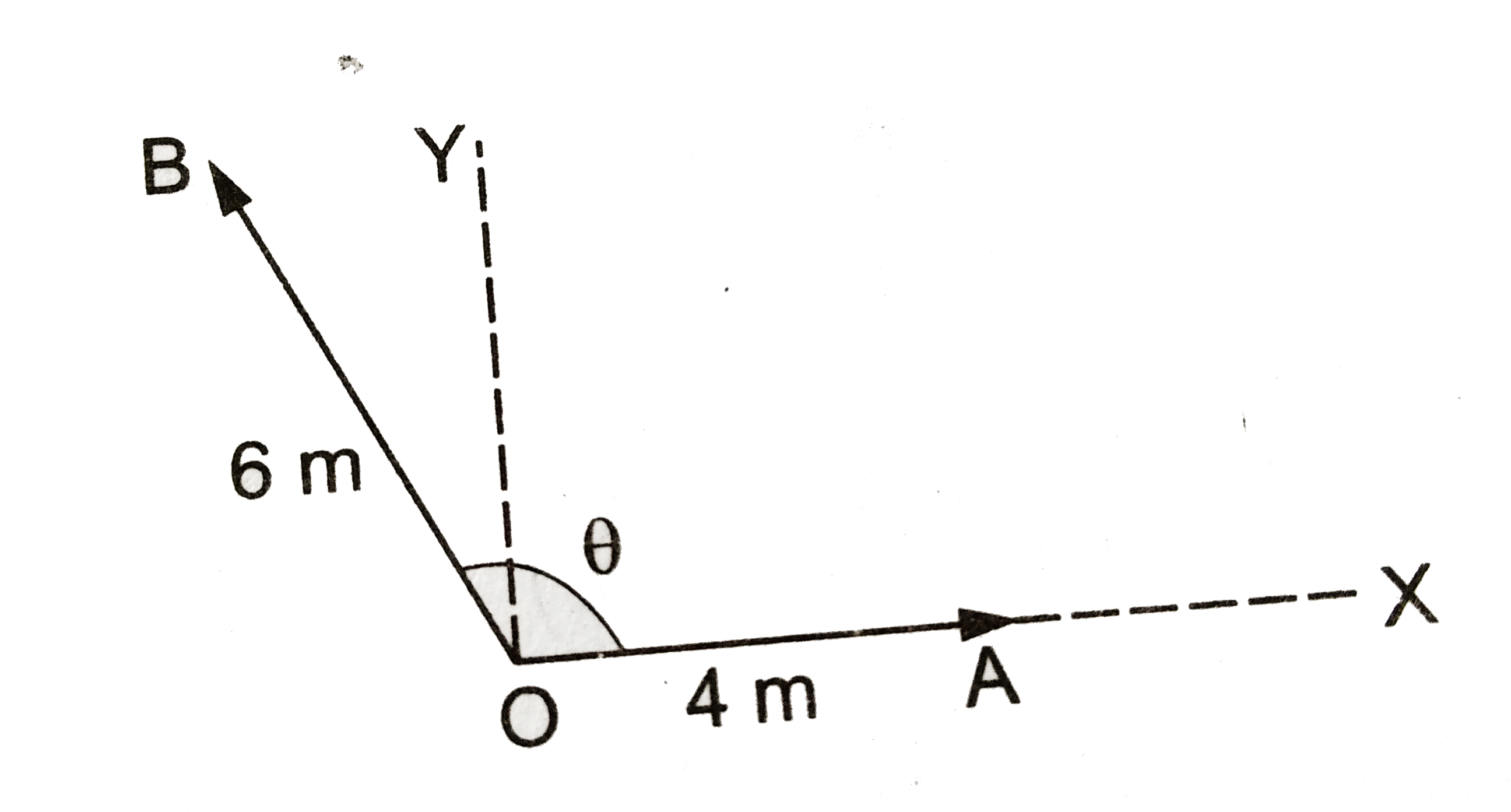A, B be points with PV's →a,→b. If the point C on OA is such that 2→AC=−−→CO.−−→CD is parallel to →OB and →CD=→OB then →AD
Step by step video & image solution for A, B be points with PV's vec a, vecb. If the point C on OA is such that 2vec AC =vec (CO).vec (CD) is parallel to vec OB and vec CD= vec OB then vec AD by Maths experts to help you in doubts & scoring excellent marks in Class 12 exams.
Updated on:21/07/2023Similar Questions
A, B be points with PV's →a,→b. If the point C on OA is such that 2→AC=−−→CO.−−→CD is parallel to →OB and →CD=→OB then →AD
View SolutionLet A and B be points with position vectors →a and →b with respect to origin O. If the point C on OA is such that 2−−→AC=−−→CO,−−→CD is parallel to −−→OB and ∣∣∣−−→CD∣∣∣=3∣∣∣−−→OB∣∣∣ then −−→AD is (A) →b−→a9 (B) 3→b−→a3 (C) →b−→a3 (D) →b+→a3
View Solution
Knowledge Check
Assertion A : If A, B, C, D are four points on a semi-circular arc with centre at 'O' such that
∣∣∣−−→AB∣∣∣=∣∣∣−−→BC∣∣∣=∣∣∣−−→CD∣∣∣, then
−−→AB+−−→AC+−−→AD=4−−→AO+−−→OB+−−→OC
Reason R : Polygon law of vector addition yields
−−→AB+−−→BC+−−→CD+−−→AD=2−−→AO

In the light of the above statements, choose the most appropriate answer from the options given below :AA is correct but R is not correct.BA is not correct but R is correct.CBoth A and R are correct and R is the correct explanation of A.DBoth A and R are correct but R is not the correct explanation of A.
Let A and B be points with position vectors →a and →b with respect to origin O. If the point C on OA is such that 2−−→AC=−−→CO,−−→CD is parallel to −−→OB and ∣∣∣−−→CD∣∣∣=3∣∣∣−−→OB∣∣∣ then −−→AD is (A) →b−→a9 (B) 3→b−→a3 (C) →b−→a3 (D) →b+→a3
View SolutionLet O be an interior point of ΔABC such that 2→OA+5→OB+10→OC=→0
View SolutionProve that 3−−→OD+−−→DA+−−→DB+−−→DC is equal to −−→OA+−−→OB+−−→OC.
View SolutionThe resultant of vectors −−→OAand−−→OB is perpendicular to −−→OA. Find the angle AOB.

View SolutionThe resultant of vectors −−→OAand−−→OB is peerpendicular to vec(OA). Find the angle AOB.

View SolutionThe resultant of vectors −−→OAand−−→OB is peerpendicular to −−→OA. Find the angle AOB.

View SolutionIf 2→AC = 3→CB , then prove that 2→OA =3→CB then prove that 2→OA + 3→OB =5→OC where O is the origin.
View Solution
